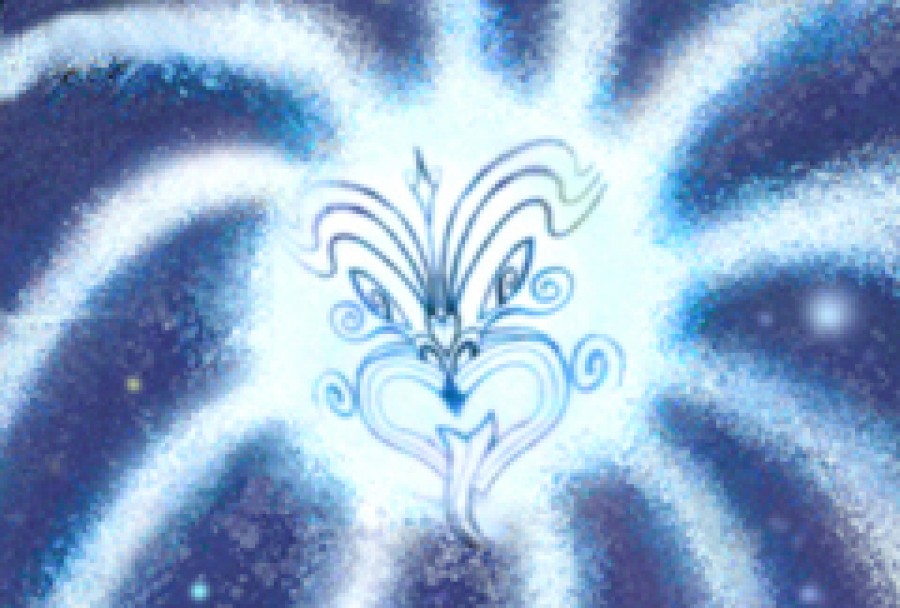Why myths and legends?
Storytelling is an enjoyable and entertaining way to pass on values and lessons. Learn more about why myths and legends can be useful in the classroom.
What's on this page?
Te kai a te rangatira he kōrero?
Storytelling is a fundamental part of human culture. Through myths and legends we pass on our visions, values, feelings and memories in a way that is enjoyable and entertaining.
How kōrero pūrākau can help students
Kōrero pūrākau enable us to retain, reflect on, and understand our experiences. They also help us to communicate to others what we have learned from those events or encounters.
Kōrero pūrākau often hold universal life lessons for audiences. They also provide a context through which students can identify and consider the relevance of key messages to their own life experiences.
For Māori students and whānau, kōrero pūrākau can provide a cultural learning context through which students can explore their future pathways in a way that is safe, relevant and enjoyable.
Universal and unique kōrero pūrākau – kei tēnā iwi āna ake kōrero, kei tēnā iwi āna ake kōrero
Kōrero pūrākau may be common to a number of cultures or unique to a particular iwi or hapū, yet each story can help students explore important life themes relevant to their future pathways.
Students' familiarity with a myth can direct a lesson's focus
Many kōrero pūrākau are common to Pacific cultures. Legends about ancestors such as Rangi and Papa, Rata and Māui are handed down from one generation to the next by indigenous cultures throughout Polynesia. These stories serve as testimony to the links between indigenous peoples in the South Pacific.
Well-known kōrero pūrākau can help students feel a sense of familiarity, relevance and security with the learning environment and context. Myths and legends from other indigenous cultures can also provide relevant key messages to share with students. Cultures all around the world have their own stories to explain creation and other important life themes.
Iwi or hapū kōrero pūrākau
Each iwi has its own unique kōrero pūrākau that reflect the iwi’s own history, tikanga or customs and practices that define who they are and how they live.
Iwi or hapū stories can help students develop an understanding of their own unique iwi identity and can therefore help them develop their self-awareness.
The best stories are those that motivate, inspire and connect with students – stories that make them feel some emotion and allow them to see themselves in similar situations.
Understanding kōrero pūrākau – he kōrero pūrākau, he oranga tangata
Developing your understanding of kōrero pūrākau will help you engage with students more effectively when exploring the key messages and life themes of the myth.
The structure of kōrero pūrākau
Each kōrero pūrākau generally has a beginning, a middle and an end. Each section has a particular purpose.
- The beginning – introduces the characters and setting, and gives an explanation of the state of affairs.
- Middle – contains an initiating event, response or statement of a goal, followed by a series of actions.
- End – the outcome, and reactions to the outcome.
Storytellers tend to give their own interpretation of the original tale, or a summary, rather than tell it exactly as they heard it. However, the key events, general storyline and the resolution are usually similar.
Myths tend to fit into set models
Better understanding the basic structure and the various archetypes/models of kōrero pūrākau will help you choose appropriate stories to share with students.
There are four main archetypes or models of simple story form.
- Heroes and legends – stories about heroic actions. These stories are the heart of mythology through which important cultural values and practices are passed on.
- Making discoveries – stories of the process that led to an important discovery. These stories guide others toward making their own discoveries or inventing new or better ways of doing things.
- Personal change – tales about self-discovery and personal revelations. These stories are particularly helpful when teaching about how our actions have an impact on others.
- Lessons learned – stories that describe failures and successes, allowing others to avoid mistakes or reach a successful outcome.
Find out more
Careers New Zealand website
Updated 31 Aug 2015
